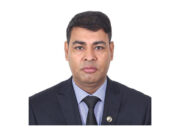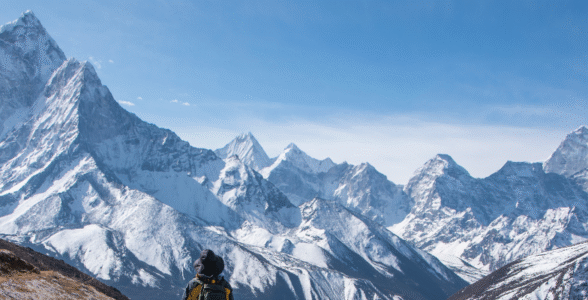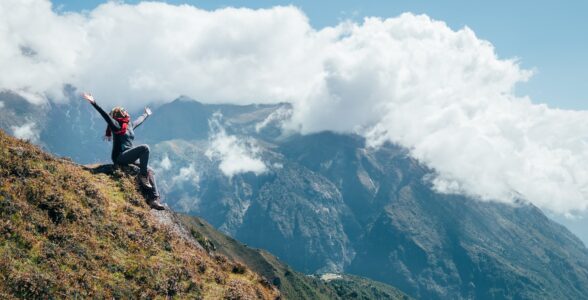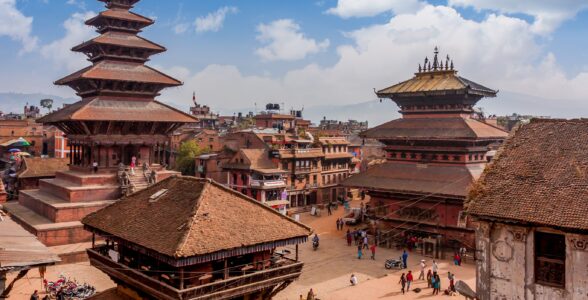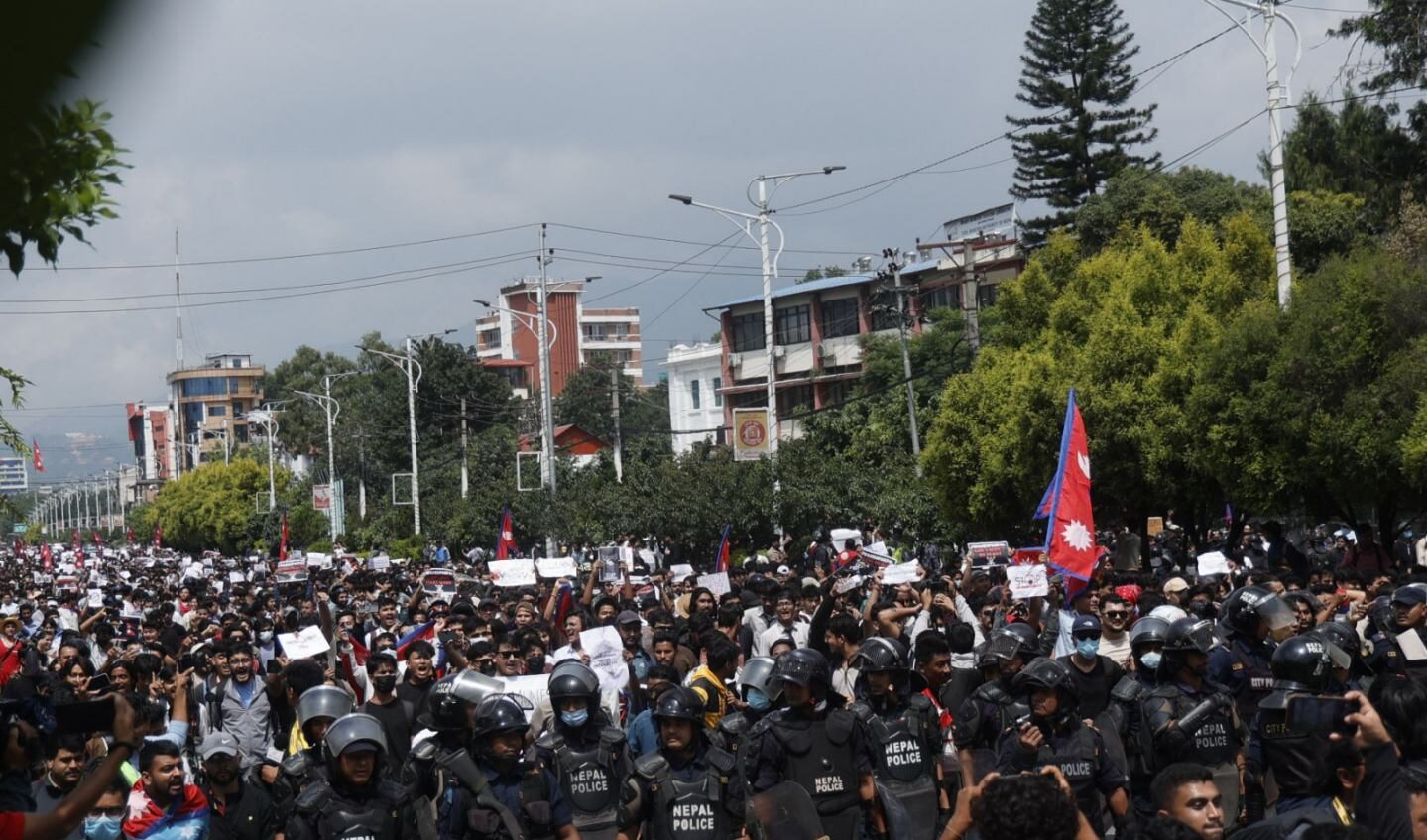
Nepal’s Current Crisis: Gen Z Protests, Political Upheaval, and the Road Ahead
Activities Highlights
Nepal is witnessing one of its most turbulent political moments in recent history. What began as protests against a government-imposed social media ban has escalated into a nationwide movement led by Generation Z activists. The unrest has resulted in deadly clashes, the resignation of Prime Minister K.P. Sharma Oli, and the deployment of the national army to restore order in Kathmandu.
For readers seeking the latest updates on Nepal’s political crisis 2025, here’s a detailed look at what’s happening, why it matters, and what the future may hold.
The Trigger: Social Media Ban Sparks Outrage
In early September 2025, the Nepali government attempted to restrict social media platforms, citing the spread of misinformation. For the country’s youth, already struggling with unemployment, corruption, and lack of opportunity, the ban became a catalyst for broader frustration.
Peaceful demonstrations quickly grew into a nationwide protest movement, with students and young professionals at the forefront.
Violence and Army Intervention
Within days, protests escalated into violent clashes. Key developments include:
- At least 19 deaths and dozens injured.
- Parliament and several media offices set ablaze.
- Imposition of curfews in Kathmandu and other major cities.
- Deployment of the Nepalese Army, a rare and dramatic move in civilian unrest.
Authorities have detained protest leaders while vowing to open dialogue, but tensions remain high.
Political Fallout: Prime Minister Resigns
Facing mounting public anger, Prime Minister Oli resigned, though he continues in a caretaker role. Protesters, however, demand more than just a resignation—they are calling for:
- Systemic political reform
- An end to corruption and cronyism
- Appointment of former Chief Justice Sushila Karki as interim prime minister
This highlights a growing demand for neutral, transparent leadership.
Regional and Global Concerns
The crisis is not only a domestic issue:
- Tourism is collapsing, with international visitors stranded as hotels burn and flights are disrupted.
- India and China, Nepal’s neighbors, are monitoring the unrest closely due to strategic interests.
- Global human rights groups have urged restraint and dialogue to avoid further bloodshed.
Why This Matters for Nepal’s Future
The “Gen Z Movement” represents more than protests—it is a generational demand for change. If handled wisely, this moment could pave the way for reforms and a stronger democracy. If mishandled, Nepal risks sliding into deeper instability.
The coming weeks will determine whether Nepal finds a peaceful, democratic solution or faces prolonged unrest.

